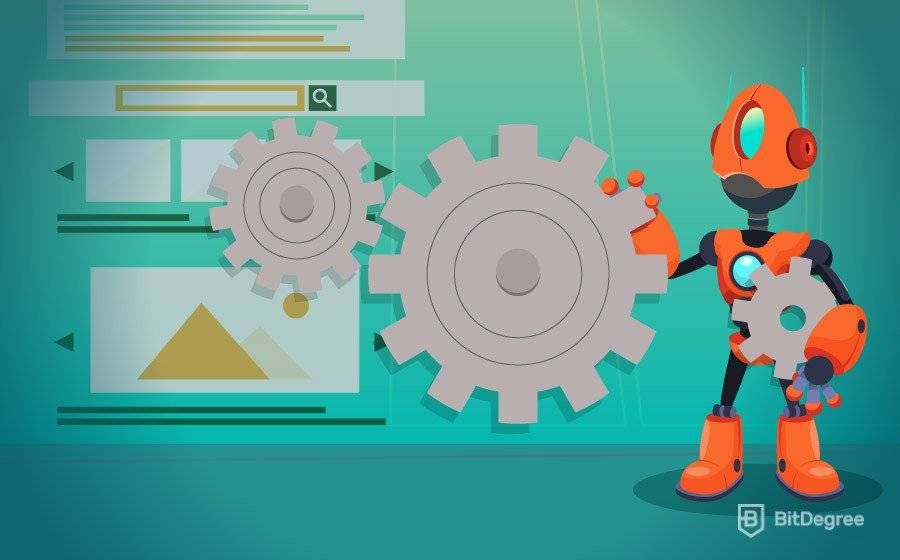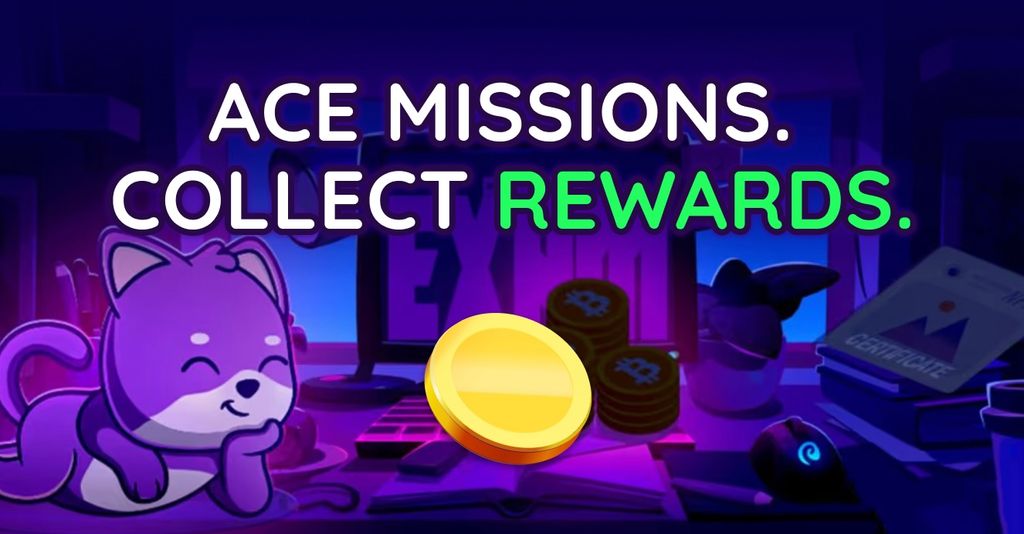Stop overpaying - start transferring money with Ogvio. Sign up, invite friends & grab Rewards now! 🎁
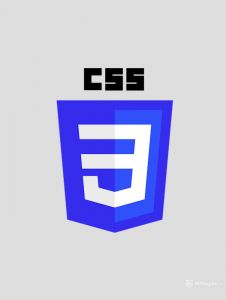 For a company to be successful, it needs to have many professionals from different fields of expertise. Programmers, designers, writers, marketing specialists - you name it! The job market has noticed that CSS composers and designers are becoming more and more needed. With this increase in demand, there’s also an increased number of CSS-related job interviews happening all around. That’s why today we’ll talk about some of the most popular CSS interview questions.
For a company to be successful, it needs to have many professionals from different fields of expertise. Programmers, designers, writers, marketing specialists - you name it! The job market has noticed that CSS composers and designers are becoming more and more needed. With this increase in demand, there’s also an increased number of CSS-related job interviews happening all around. That’s why today we’ll talk about some of the most popular CSS interview questions.
I’ll provide examples of questions that you could study in preparation for your job interview. These will be some of the main things that employers ask potential employees during the interviews.
Table of Contents
- 1. The Essentials of CSS
- 1.1. Question 1: What is CSS?
- 1.2. Question 2: What’s the difference between CSS and HTML?
- 1.3. Question 3: Can you name the advantages of using CSS?
- 1.4. Question 4: How can you apply CSS styles on a webpage?
- 1.5. Question 5: How many types of CSS are there?
- 1.6. Question 6: What’s a CSS ‘framework’?
- 1.7. Question 7: What is ‘element targeting’?
- 1.8. Question 8: How would you specify a color in CSS?
- 1.9. Question 9: What are ‘pseudo-elements’?
- 1.10. Question 10: What are ‘pseudo-classes’?
- 1.11. Question 11: How can you integrate CSS into a website?
- 1.12. Question 12: Enlist the media types CSS allows.
- 1.13. Question 13: What advantages and faults of External Style Sheets can you name?
- 1.14. Question 14: Can you describe what ‘ruleset’ is?
- 1.15. Question 15: What is a ‘contextual selector’?
- 2. Advanced Questions on CSS
- 2.1. Question 1: Explain the concept of ‘specificity’.
- 2.2. Question 2: Explain ‘web-safe’ and ‘fallback’ fonts.
- 2.3. Question 3: What’s ‘file splitting’?
- 2.4. Question 4: What is ‘opacity’?
- 2.5. Question 5: Define a ‘rule set’.
- 2.6. Question 6: Define ‘universal selector’ and give an example.
- 2.7. Question 7: What do ‘class’ and ‘ID’ selectors pick when they are issued?
- 2.8. Question 8: What’s ‘float’ in CSS?
- 2.9. Question 9: What is a ‘Z index’?
- 2.10. Question 10: Why use on the top of the file?
- 3. Tips for the Interview
- 4. Conclusions
The Essentials of CSS
This first part will mostly be made out of some basic and more general questions concerning CSS. These are going to be the types of questions that employers would ask you towards the beginning of the job interview, just to see if you even know what CSS is. On that note, let’s go straight to the first question.
Latest DataCamp Coupon Found:Question 1: What is CSS?
Cascading Style Sheets (most often simply referred to as CSS) is a language that is used to explain and describe the way that things that are written by markup languages (such as HTML) should be presented.
Quite a mouthful, isn’t it?
To put it simply, CSS is used to visualize the things that are written using HTML, such as images, fonts, backgrounds and so on.
When it comes to such basic CSS interview questions, employers are often looking for people who can explain things in their own words and not recite walls of texts like a robot. That’s why you should try to stick with the most simple definitions!
Question 2: What’s the difference between CSS and HTML?
You would be surprised how many people don’t know the difference between these two languages.
The actual difference itself is quite simple: HTML is used to write and create content on the webpage, while CSS is used for the design part - this includes background designs, fonts, images, etc.
Question 3: Can you name the advantages of using CSS?
The most popular advantages of using CSS are:
- Side-wide consistency
- Bandwidth
- Page reformatting
- Accessibility
- Content separated from presentation
Question 4: How can you apply CSS styles on a webpage?

In total, there are three ways you should know in CSS interview questions that you can apply styles by using CSS.
The link a command is a most used method - you simply load another CSS file (with its attributes) into the one that you’re currently working on. This is very convenient because you’ll be reusing the same files over and over again.
You can also use the style attribute if you only want to alter one single element (you would use the attribute in the same line with the element), or you can simply use style on top of your HTML file, where head is located.
Question 5: How many types of CSS are there?
In total, there are currently five types of CSS: CSS 1, CSS 2, CSS 2.1, CSS 3 and CSS 4.
You are most likely to get a lot of CSS3 interview questions, for it is one of the most commonly used versions.
Question 6: What’s a CSS ‘framework’?
In CSS, frameworks are simply libraries of pre-created files that can be used in designing sites that require some more common, default CSS designs.
Question 7: What is ‘element targeting’?
This is a good example of some of the CSS interview questions that you’ll probably get during your job interview - at least in the beginning. Asking to explain certain specific elements from a program or a programming language is a common practice between employers around the globe.
Element targeting is when you specify certain elements that you want to style or alter in any other way. In total, there are three ways you could do this - by tagging, class or by the ID of the element that you’ve specified in the HTML.
Question 8: How would you specify a color in CSS?
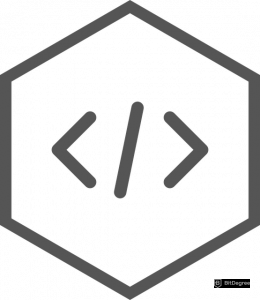 There are two ways of specifying colors in CSS - the RGB one and the hexadecimal color code one.
There are two ways of specifying colors in CSS - the RGB one and the hexadecimal color code one.
RGB stands for red, green and blue. Various combinations of these colors (depending on the percentage of each one used) can create many different hues.
A hexadecimal color code is a code representing a specific color. These codes are made up of six different letters and numbers (each combination represents a different color).
Question 9: What are ‘pseudo-elements’?
Do not mix up the following to terms of CSS interview questions. If a paragraph of text was your element, yet you would only want to style the first letter of that paragraph, you would have to use a pseudo-element for this task. These elements are used by placing a double colon in front of the part of the main element that you want to style.
Question 10: What are ‘pseudo-classes’?
Pseudo-classes work almost identically as pseudo-elements, but the one main difference is that they alter the appearance of an element when it is in a specific state.
You know when you place your mouse cursor over some sort of a button on the screen and that button gets highlighted or styled in any other way? That’s an example of an element that’s been altered with a pseudo-class.
Question 11: How can you integrate CSS into a website?
A final example of the more basic CSS interview questions, there are three ways you could achieve this task - inline, embedded and imported integrations.
The inline method of integration is used to insert a CSS style sheet into an HTML document. Embedded allows you to insert unique styles into a single document, while the imported method lets you make changes on multiple documents.
Question 12: Enlist the media types CSS allows.
The design and customization of documents are rendered by media. By applying media control over the external style sheets, they can be retrieved and used by loading it from the network.
Question 13: What advantages and faults of External Style Sheets can you name?
It is important to not only know the pros of the programming language in CSS interview questions, but also the cons. It shows that you have in-depth knowledge about it. The advantages are:
- Multiple HTML elements can have many documents that can have classes.
- One file can be used to control multiple documents having different styles.
- Methods as selector and grouping can be used to group styles in composite situations.
The faults:
- You need to make an extra download to important documents that have style information.
- It is not practical for small style definitions.
- To render the document, the external style sheet should be loaded.
Question 14: Can you describe what ‘ruleset’ is?
Selectors can be attached to other selectors to be identified by the ruleset. It has two parts: Selector and Declaration.
Question 15: What is a ‘contextual selector’?
It is the Selector that is used to select special occurrences of an element. Space separates the individual Selectors and only the last element of the pattern is addressed in this kind of Selector.
Advanced Questions on CSS

Don’t get intimidated by the word “advanced”. Advanced CSS interview questions simply mean that your interviewers are going to expect more detailed answers and explanations for their questions. By doing so, they are going to assess just how much you do know about CSS.
Question 1: Explain the concept of ‘specificity’.
The concept itself simply means that certain CSS rules replace (override) others by being more specific. This is a tricky concept because it might cause some issues later on - employing too many high-specificity types of rules can make it difficult when you see that you need to change something after you’ve finished working.
There are three levels of specificity to know in CSS interview questions - type, class, and ID. The type selector is of the lowest specificity, while the ID one is the highest.
Question 2: Explain ‘web-safe’ and ‘fallback’ fonts.
When you try to pick fonts for your website, you should keep in mind that not every web browser can recognize all of the different varieties of fonts - this is where web-safe fonts come in. These fonts are the most commonly used and well-known ones, like Times New Roman, Arial or Calibri. If for some reason your web browser does not recognize these fonts (though that shouldn’t be the case), there are fallback fonts - these are the fonts that your browser will pick automatically for you.
Types of fonts might be some of the more common CSS interview questions, so do make sure to memorize them well.
Question 3: What’s ‘file splitting’?
File splitting allows you to split your big files into smaller ones for the sake of helping the program run faster and smoother. To be able to split files, you are going to need a CSS preprocessor.
The files can be split in any way that you want, but it is advisable to keep it tidy and think the splitting through. This will help you manage your website faster, without the need to wait for the excess style sheets to load.
Question 4: What is ‘opacity’?
Out of all of the CSS interview questions and answers that you could think of, this one might seem like the easiest one - opacity in CSS is the level of transparency that an image possesses.
Well, the catch here is that your interviewers might ask you to demonstrate how you can configure opacity with CSS. You may find an example of how to do that below:
div {
background: rgb(136, 66, 213);
padding: 10px;
}
Question 5: Define a ‘rule set’.
What is important to know in CSS interview questions, is that rule sets are made out of declaration blocks that follow specific set selectors. These sets of rules tell the server of how a certain document should look like.
Question 6: Define ‘universal selector’ and give an example.
Universal selectors are those who let you pick all of the files with the same name (no matter what type of an element it is) instead of picking out specifically typed ones.
An example of a universal selector would be:* {
color: red; /* changes the color of all elements to red */
background: blue; /* changes the background of all elements to blue */
}
Question 7: What do ‘class’ and ‘ID’ selectors pick when they are issued?
A class selector will pick an entire block of information, while the ID selector lets you pick a specific element that possesses a unique type of an ID number.
We went over classes and IDs a bit earlier on, but this is truly one of the more important CSS interview questions. Knowing the differences and varying features between classes, types, and IDs can be the turning point of any CSS-based job interview.
Question 8: What’s ‘float’ in CSS?
The float property allows you to move images through a wall of text within your HTML document without actually breaking the text. Same as in Google Docs, the text can wrap around the image.
Question 9: What is a ‘Z index’?
A Z index in CSS highlights any parts that are overlapping between your CSS styling file and the actual HTML document. Since overlapping is a common issue when styling and adjusting images in CSS, this is indeed quite useful.

- Easy to use with a learn-by-doing approach
- Offers quality content
- Gamified in-browser coding experience
- Free certificates of completion
- Focused on data science skills
- Flexible learning timetable

- High-quality courses
- Nanodegree programs
- Student Career services
- Nanodegree programs
- Suitable for enterprises
- Paid certificates of completion

- A wide range of learning programs
- University-level courses
- Easy to navigate
- University-level courses
- Suitable for enterprises
- Verified certificates of completion
Question 10: Why use on the top of the file?
import is most commonly used on the top of the file since there is a big fear of overriding already-existing sets of rules. By placing import on the top, this issue is usually avoided.
Tips for the Interview
So - we’ve talked about some of the more common CSS questions that employers like to ask their potential employees. There are many, many more CSS interview questions out there - we’ve covered just a few of the main ones.
Now that you have the information in front of you - what’s next? Well… I have a couple of tips that you could use.
While preparing for the interview, write down all of the information on sticky notes or simple sheets of paper. You can test yourself with writing answers on the other side, but the simple act of writing it down will be beneficial for your memory.
Don’t spend too much time working on CSS. I know it probably sounds counter-intuitive, but trust me - the closer the interview, the more you will want to do, the bigger the number of possible options you’ll see, which will lead to you overthinking things and feeling like you know nothing.
On the day of the CSS interview questions, just remember one thing - your future employers want to see you as a person, not some sort of a soulless machine. Give it what you've got, but remember to be yourself - that might be the ultimate factor that’ll win them over.
After the interview, be patient. I know it might seem like an eternity until you get that call and find out if you got the position or not, but calling the company every day to ask isn’t an option, either.

Did you know?
Have you ever wondered which online learning platforms are the best for your career?
Conclusions
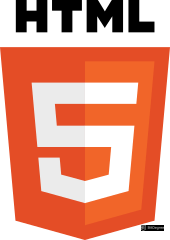 Along with HTML, CSS is one of the most important tools for web development. Proficient CSS experts are needed more and more. It has truly become an area worth specializing in. With such increasing popularity, it’s no wonder that there are more and more CSS interview questions that people have started to ask.
Along with HTML, CSS is one of the most important tools for web development. Proficient CSS experts are needed more and more. It has truly become an area worth specializing in. With such increasing popularity, it’s no wonder that there are more and more CSS interview questions that people have started to ask.
Since CSS is so important for the creation of various websites, employers usually look for people that are quite proficient in this topic and have at least some prior experience. However, if you haven’t worked in any similar field before, don’t stress about it - many companies are willing to formally train the people that they hire. These companies are more concerned about the personality and willingness to work of the person that they are trying to hire - that’s why I said that you should be yourself. Make sure to grab all the needed information about CSS from the BitDegree Learn platform!
